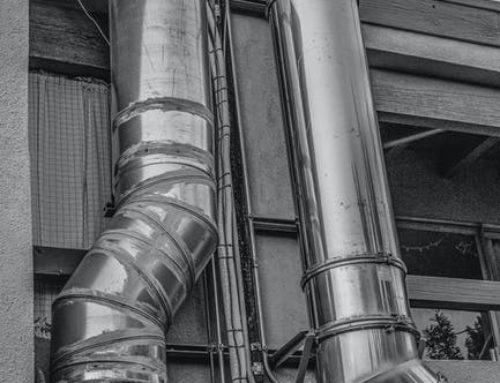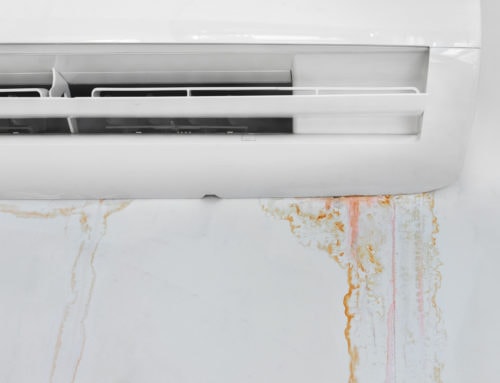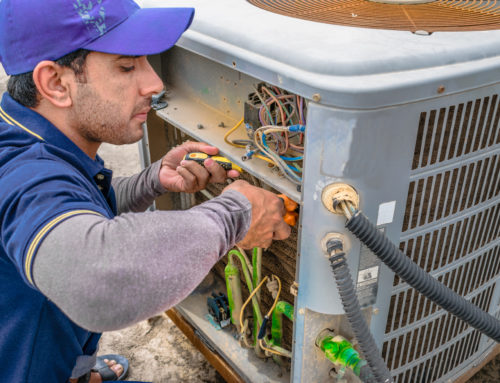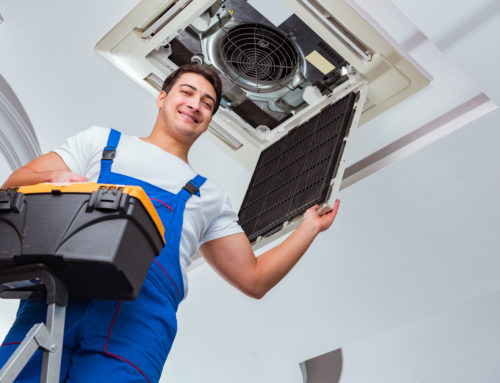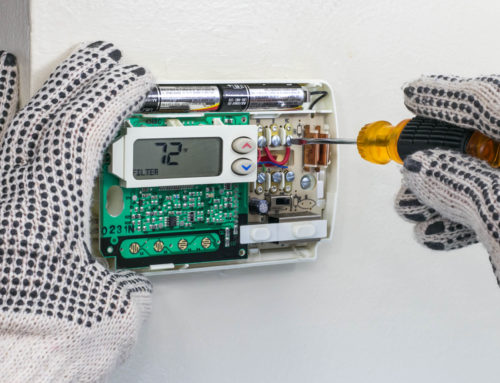If the weather is anything – it’s unpredictable! And when you own a valuable piece of equipment like an HVAC system, you want to make sure it is protected. After all, it is designed to keep you save when the temperatures outside get extreme. Preparing your heating and cooling system is an essential part of keeping it protected, as well as preventing AC repairs. To help you get started, here are five simple steps for preparing your HVAC system for when the temperatures drop to extreme lows.
Get a heater inspection
A heater inspection and tune-up are the best ways to prepare your HVAC system for unpredictable weather. The HVAC repair technician will look at everything from the motor to the coils, and can proactively repair components that are distressed and about to break. Because the cold weather causes your system to work overtime, that is when HVAC units tend break down and stop working. And no one wants to wake up in the cold when it could have been prevented with an affordable heater inspection.
Clear and open all vents
If you have noticed that your home isn’t heating up as it should be, then do a quick check of all your vents. Make sure that the vents are actually open because it can be easy to overlook this simple step. Also, if your vents are covered by sofas or other objects, move these out of the way to ensure the warm air can get in the room.
Insulation
Go through your home or have an HVAC repair technician look for you, and make sure each room is properly insulated. You don’t want your heating unit to have to compete with cold outdoor temperatures because this will cause it to run and wear down faster at a continual pace. Plus, with your home fully insulated, you’ll notice the difference on your energy bill (in a good way!). Check for air leaks around doors and windows, as well as from the attic. Also, get your family involved in making sure doors to the outside aren’t left open for extended periods of time like when loading groceries in from the car.
Check your thermostat
Have your thermostat tested for accuracy to ensure it is reading the temperature correctly. If it isn’t the heater repair technician will fix it. You can also consider getting a new thermostat that has more capabilities if you want more control over temperature settings.
Do visual inspections and change filters
Take the time to walk around the outside of your unit and remove things like snow and debris after storms come through. You should also grab a few extra filters next time you go to the store to have on hand. Your HVAC system works hard in the cold weather, and filters may fill up a little faster than normal. And of course, if your heating and cooling system needs to be repaired, call in the experts to do the job as soon as possible to ensure you’re ready for the cold weather.


